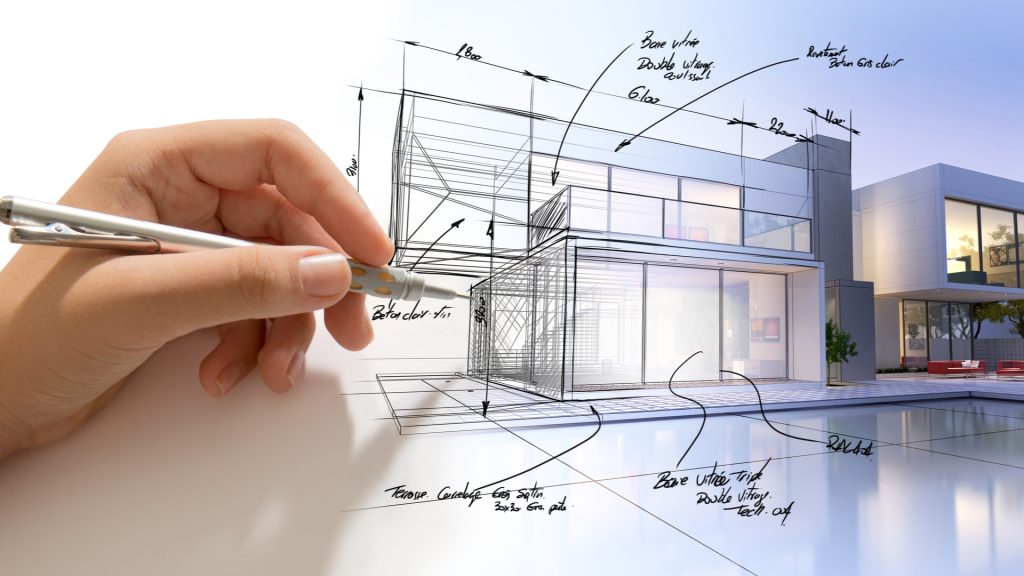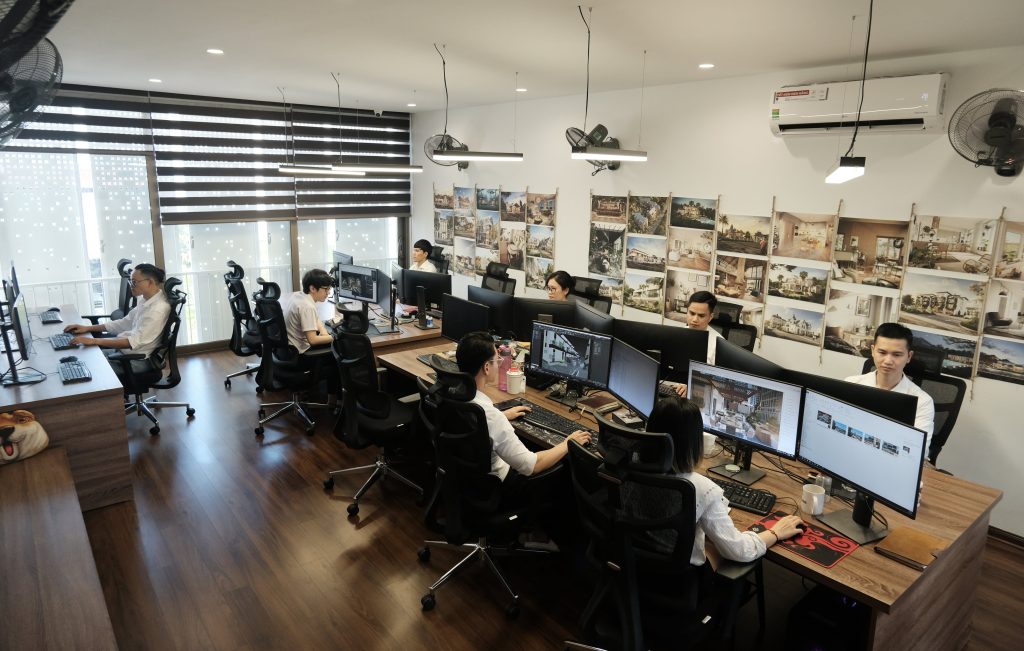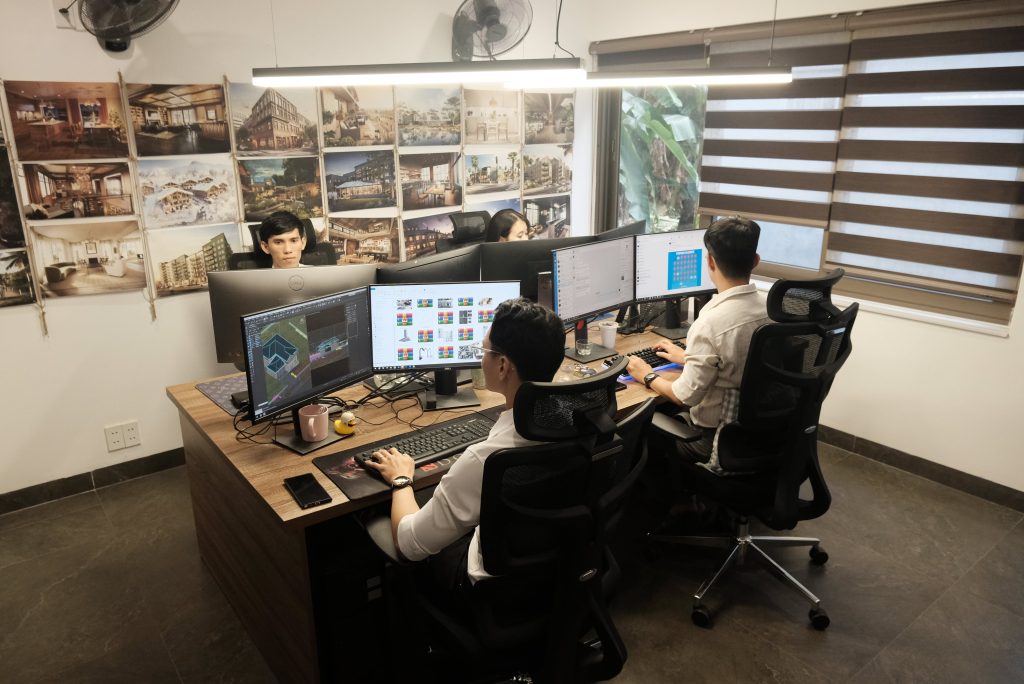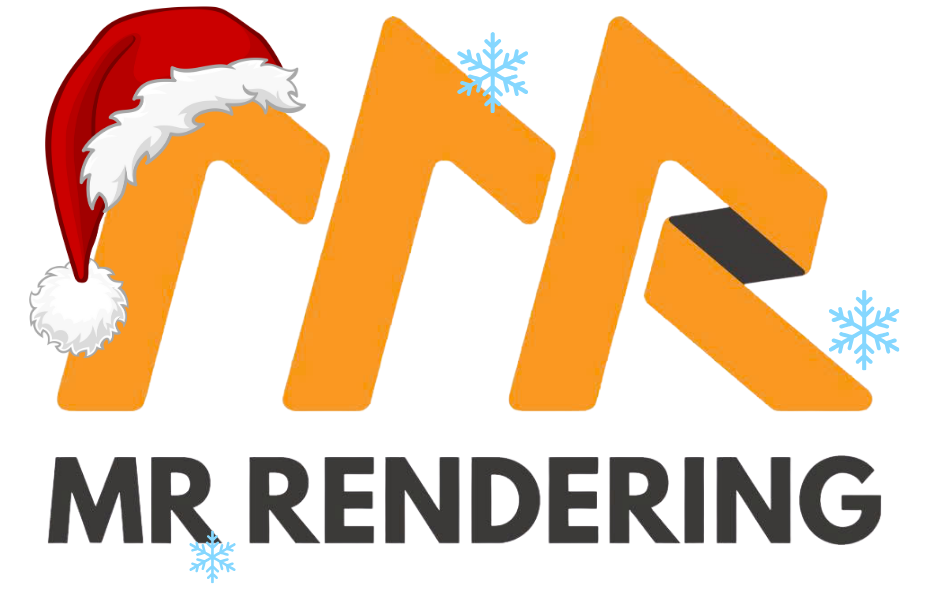
In-house vs. outsourcing 3D rendering- as a top-tier provider of outsourced 3D rendering services, MR Rendering breaks down the pros and cons of each option.
As competition heats up in real estate and architecture, outsourcing 3D rendering has become a smart, cost-effective solution for firms seeking high-impact visuals without the overhead of an in-house team. From showcasing design concepts during development to producing striking marketing visuals that help sell properties before construction begins, outsourcing allows you to access expert talent, reduce turnaround time, and maintain flexibility. With lifelike renders bridging imagination and reality, stakeholders can visualize the final result and make confident decisions- faster and with greater clarity.
However, when it comes to producing these visuals, most customers face a critical decision: should you build an in-house 3D rendering team, or outsource the work to specialized studios or freelancers? Drawing on 15 years of consulting and collaborating with clients worldwide, we’ve outlined the pros, cons, and key considerations of both approaches to help you make an informed choice tailored to your project’s needs.
What is in-house 3D rendering?
In-house rendering means your team produces all the visuals internally using your current employees, software, hardware and equipment. This approach gives you complete control over the creative process but requires a significant investment.

A team of outsourcing 3D rendering artists
Pros of in-house rendering
- Easy talk, quick fixes: When your 3D team is right there in the office, you can just walk over, talk through changes, and see them happen almost instantly. No back-and-forth emails or waiting for replies – it just gets done.
- Your style, no guesswork: Your in-house artists get your brand guideline. You won’t have to keep explaining your look or tone- they’re already in tune. That means everything from mood to materials comes out just right from the get-go.
- On-the-spot modifications: When last-minute changes arise, in-house teams can act quickly. Their availability allows for real-time edits, offering greater responsiveness- particularly crucial for fast-moving projects.
Cons of in-house rendering
- It’s not cheap: Setting up your own rendering team costs a lot. High-end machines, pricey software, and full-time salaries can eat into your budget- especially if you’re running a smaller operation.
- Fewer specialized skills: Your team might rock at exteriors but struggle with other stuff like product animation or VR walkthroughs. Unlike big studios, in-house setups often don’t have a wide range of skills.
- Slow to grow: Got a big project coming in? Hiring new people or upgrading gear takes time. Expanding your team quickly isn’t always possible, which can slow things down when demand spikes.
What is outsourcing 3D rendering?
Outsourcing 3D rendering means handing over your visualization work to outside pros- like specialized studios or freelancers- who know their stuff. Instead of building your own team from scratch, you hire experts to take care of it. This approach is super popular with real estate developers and architects who want top-quality renders without the hassle (or cost) of running an in-house department.
Benefits of outsourcing 3D Rendering
Why Outsourcing can be a smart move
- Budget-Friendly
You don’t need to spend a fortune on pricey computers, software, or full-time salaries. With outsourcing, you simply pay for what you need- whether it’s one project or several. It’s a great option if your rendering needs go up and down. - You get the pros
External studios usually have teams full of talented artists who specialize in everything from photorealistic interiors to fancy animations and virtual tours. Instead of trying to hire one expert who does it all, you get access to a full squad of specialists. - Fast turnarounds
These studios are set up for speed. They’ve got processes, tools, and streamlined workflows so they can deliver high-quality renders fast. If you’re on a tight timeline, outsourcing 3D rendering team can help you hit your deadlines without breaking a sweat. - Easy to Scale
Big project coming up? No problem. Need ten visuals by next week? Also fine. With outsourcing, you can scale up or down depending on what’s on your plate- without worrying about hiring new staff or buying more gear.
Challenges of outsourcing
While the benefits of outsourcing are compelling, it’s essential to be aware of potential challenges and how to mitigate them:
- Bridging communication gaps: Differences in geographical locations often lead to varying time zones, which can impact real-time collaboration. Similarly, subtle language nuances might occasionally create misunderstandings, potentially extending revision cycles and affecting project timelines. Proactive communication strategies and clear protocols are vital.
- Navigating creative control: Delegating tasks inherently means entrusting some level of creative interpretation to your outsourcing 3D rendering partner. Without meticulously detailed briefs and consistent, explicit feedback, there’s a risk that the final artistic output might not perfectly align with your precise vision, potentially requiring adjustments or compromises.
- Safeguarding sensitive data: Sharing proprietary or confidential project information with an external entity demands stringent security measures. It is absolutely critical to establish formal agreements like Non-Disclosure Agreements (NDAs) and to exclusively use highly secure, encrypted platforms for all data exchange to protect your valuable intellectual property.
Cost comparison: In-House vs. Outsourcing

outsourcing 3D rendering: You just pay for each project or on a contract basis
Getting started: Upfront costs
In-House: Setting up your own rendering team involves significant upfront costs. This includes hiring skilled 3D artists, purchasing powerful computers with high-end graphic cards, and acquiring expensive software licenses (like V-Ray, which can be over $1,000 annually). These expenses quickly accumulate, especially when building a team from scratch.
Outsourcing: With outsourcing 3D rendering, large initial investments are eliminated. You simply pay per project or on a contractual basis, a major advantage for businesses aiming to control costs and avoid hefty upfront financial commitments.
Ongoing Costs: What you pay over time
In-House: Fixed monthly costs for salaries, health benefits, and software subscriptions are constant. If projects aren’t continuous, these overheads can strain your budget. However, for companies with a consistent, high volume of rendering requirements, maintaining an in-house team might prove to be a more cost-effective strategy over an extended period, as the initial investment amortizes over frequent use.
Outsourcing: Payments are made only when services are needed. This flexibility is ideal for fluctuating project loads, allowing you to avoid maintaining a team on payroll during slower periods. There is no need to maintain a salaried team on the payroll during months with reduced workload, offering unparalleled financial agility and cost control.
When to choose what?
Go In-House If…
- You need renders often. If you’re creating visuals all the time (like a big developer with non-stop projects), having your own team means faster turnarounds and more control.
- You want instant changes. Got frequent revisions or need to test ideas fast? Having your team in the same room makes it easy to tweak things on the fly.
- You already have some in-house talent. If your staff already knows their way around rendering tools, it might be easier (and cheaper) to just build on that.
Outsource When…
- You want to save money. If your budget’s tight or you only need visuals every now and then, outsourcing 3D rendering helps you get great results without long-term costs.
- You need a specialist. Outsourcing 3d rendering connects you with experts who live and breathe this stuff- whether it’s still 3d rendering, 3d animation or Virtual tours.
- You don’t have the training or experience in-house. If no one on your team knows their way around rendering software, training them up can be time-consuming and expensive. Outsourcing skips that whole learning curve and gets you straight to polished results.
- You’ve got one-off or seasonal projects. Maybe it’s a big pitch or a new development launch. Instead of hiring a full-time team, just bring in the pros when you need them.
- You want to take advantage of offshore pricing. Many top-tier outsourcing 3d rendering studios are based overseas where labor and operational costs are lower. That means you can often get stunning work for a fraction of the local price- without sacrificing quality.
Why not both? The hybrid strategy
A mix of in-house and outsourcing 3d rendering might give you the best of both worlds. Use your internal team for day-to-day updates or simpler tasks. Then, when a big project comes in- like a r an entire building portfolio or a big-scale project- bring in outside help to handle the heavy lifting. This way, you stay agile, keep costs in check, and still get top-tier visuals when it matters most.

A mix of in-house and outsourcing 3d rendering might give you the best of both worlds
So… Which one wins?
There’s no clear winner- it all depends on your needs.
If you’re a firm with high-volume work and want full control, building an in-house team can be worth the investment. But if you’re more focused on keeping costs low, tapping into expert talent as needed, and staying flexible, outsourcing 3d rendering is probably the better fit.
In the end, it’s all about finding what works for your budget, your team, and your project load. And for many companies, mixing both is the sweet spot—keeping the day-to-day in-house and calling in the pros for the big stuff.
We are an experienced outsourcing 3d rendering studio in Vietnam, helping a lot of customers around the world with affordable ranges of outsourcing 3d rendering services and outsourcing solution to growth their business.
We would love to have quick chat with you about your problems and promise to bring the best value to you.

Content Marketing Specialist
Linh Nguyen is a seasoned copywriter and marketing strategist with 15 years of experience in brand building, customer engagement, and cross-functional campaign management. For the past 5 years, she has specialised in the real estate industry, bringing in-depth knowledge of property marketing, buyer psychology, and market trends.







